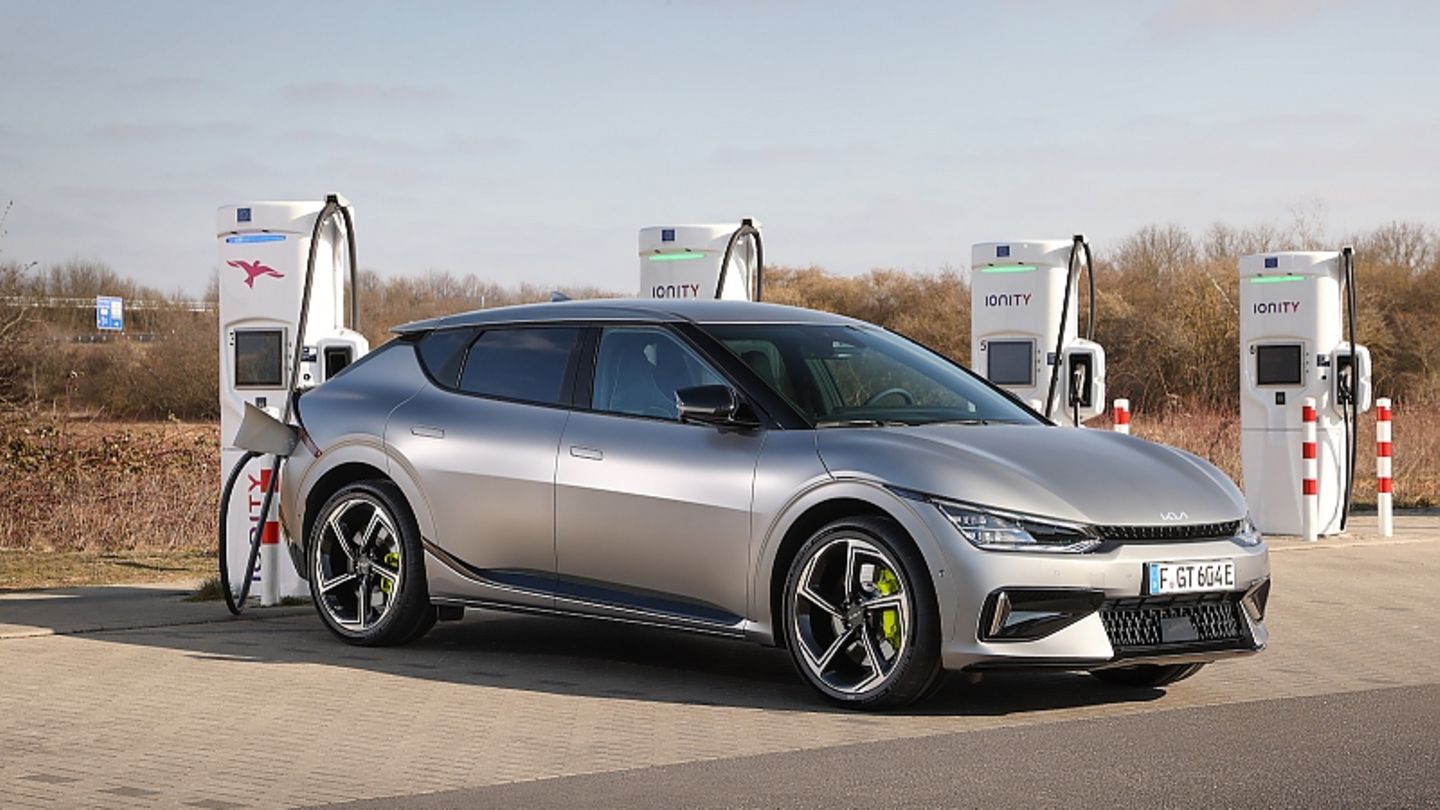Inflation in Germany is still well over seven percent, the mood is steadily falling and car production is slowly picking up again. After a difficult two and a half years, the car market could soon turn around again.
The first signs of an easing of the extremely high prices and the endless delivery times can be seen in Germany, the most important car market in Europe. The main reason lies in a slowly but steadily deteriorating mood in the economy and the population, which is leading to less interest in buying. In addition, there is persistently high inflation of more than seven percent and the fact that the situation on the new and used car market seems to be slowly easing – although slowly, the trend seems clear.
It is true that 205,900 passenger cars were newly registered in Germany last month, 13 percent fewer than in July last year. In the first seven months of 2022, this means a total of 1.4 million new vehicles and thus a drop of eleven percent compared to 2021. Compared to the last year before the crisis, 2019, there is currently a deficit of 34 percent, 737,900 units. The shortage of electronic components, persistently high raw material prices and general uncertainty due to the Ukraine war are still dampening the market and production. Incoming orders from Germany fell further in July and were 32 percent below the same month last year. However, incoming orders from abroad increased again for the first time since June 2021 with an increase of three percent. Car production in Germany increased in July for the third month in a row: German manufacturers produced 263,400 cars (plus seven percent). The production level from the pre-Corona year 2019 is still a long way off and has fallen by 32 percent in the current year. With 209,600 new vehicles exported in July this year, exports were 18 percent above the weak level of the previous year. Almost 1.5 million brand-new cars were exported over the course of the year. This is three percent less than in the previous year.
There are first positive signs on the used car market. The online used car platform Carvago has analyzed the developments on the German market in the second quarter of 2022. Thereafter, in several market segments, vehicle prices fell while mileage rose. Compared to the first quarter, the prices for used cars in Germany for vehicles that are no more than five years old have fallen by 9.5 percent. For cars that are no more than ten years old, prices have increased by four percent. At the same time, the vehicles have higher odometer readings: while the average used vehicle had 31,341 kilometers on the clock in the previous quarter, it is currently 35,859 kilometers driven. “Every day we analyze more than five million used car advertisements on the European market. This enables us to constantly analyze the market and provide an insight into its development,” explains Carvago CEO Jakub Sulta, “we assume that the current price development, with prices falling in some cases, is a short-term phenomenon acts, which will be a matter of weeks or months at most.”
Compared to the same quarter of the previous year, the VW Golf and the Mercedes C-Class were the most popular used cars. While the BMW X1 was still in third place in the used car ranking in the first quarter of 2022, the mid-range SUV was replaced by the VW Polo in the second quarter of 2022. An increase in demand can also be observed for diesel vehicles. Here, demand rose by two percentage points in a quarterly comparison, from 34 to 36 percent.
According to Dataforce analysts, too, the market could slowly recover. The main reason for the weak market development is still the loss of production. Factoring out seasonal and workday biases shows a gradual improvement, according to Dataforce. In August, the decline should therefore only be in the single digits. Analysts expect growth again from September. Then the waiting times for new vehicles – especially for electric cars – could be reduced a bit. Many popular models still have waiting times of more than half a year or more. The latest announcements about the end of subsidies for plug-in hybrids are also slowly making themselves felt. Their registrations fell by twelve percent in the past month.
Source: Stern
I am a 24-year-old writer and journalist who has been working in the news industry for the past two years. I write primarily about market news, so if you’re looking for insights into what’s going on in the stock market or economic indicators, you’ve come to the right place. I also dabble in writing articles on lifestyle trends and pop culture news.




